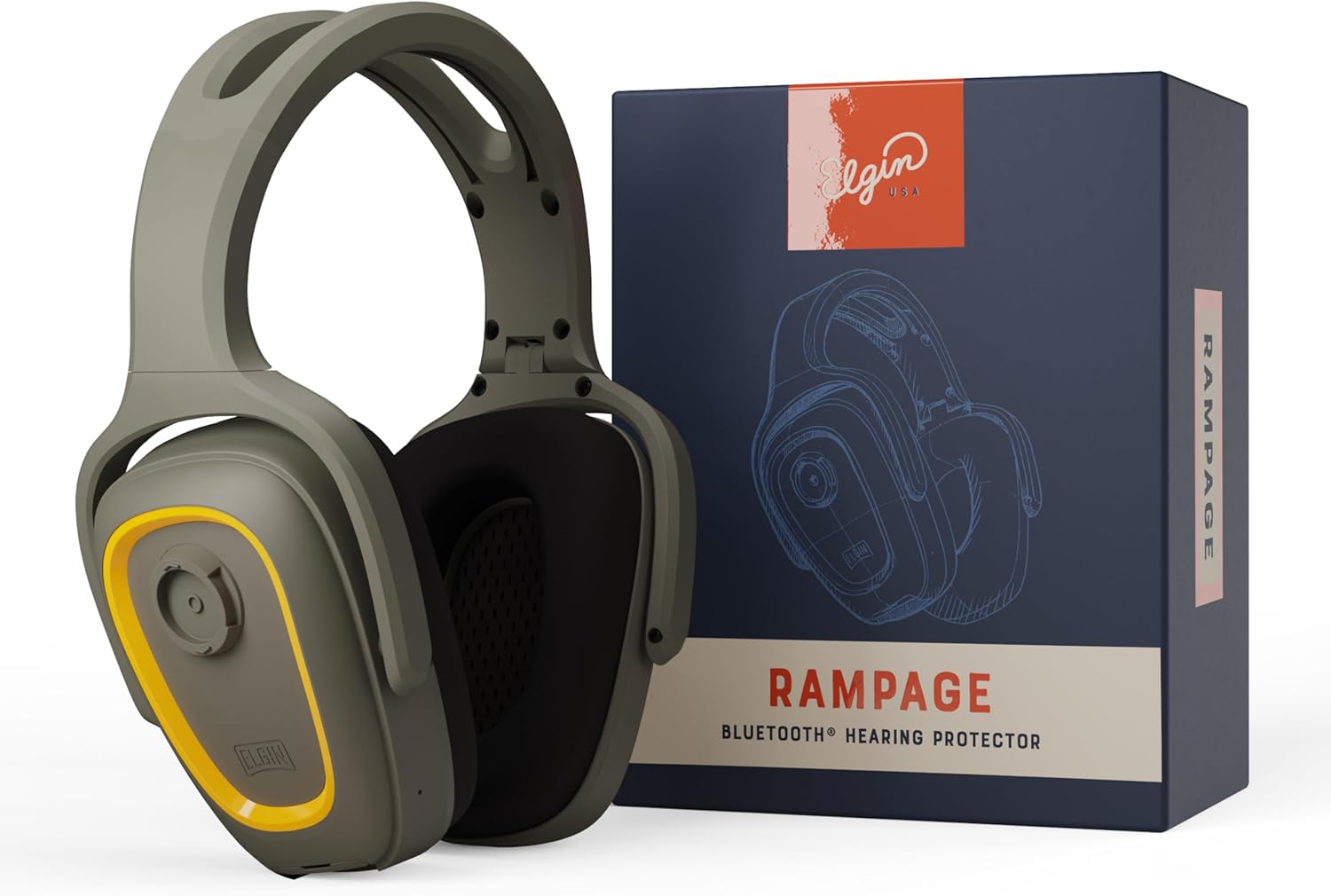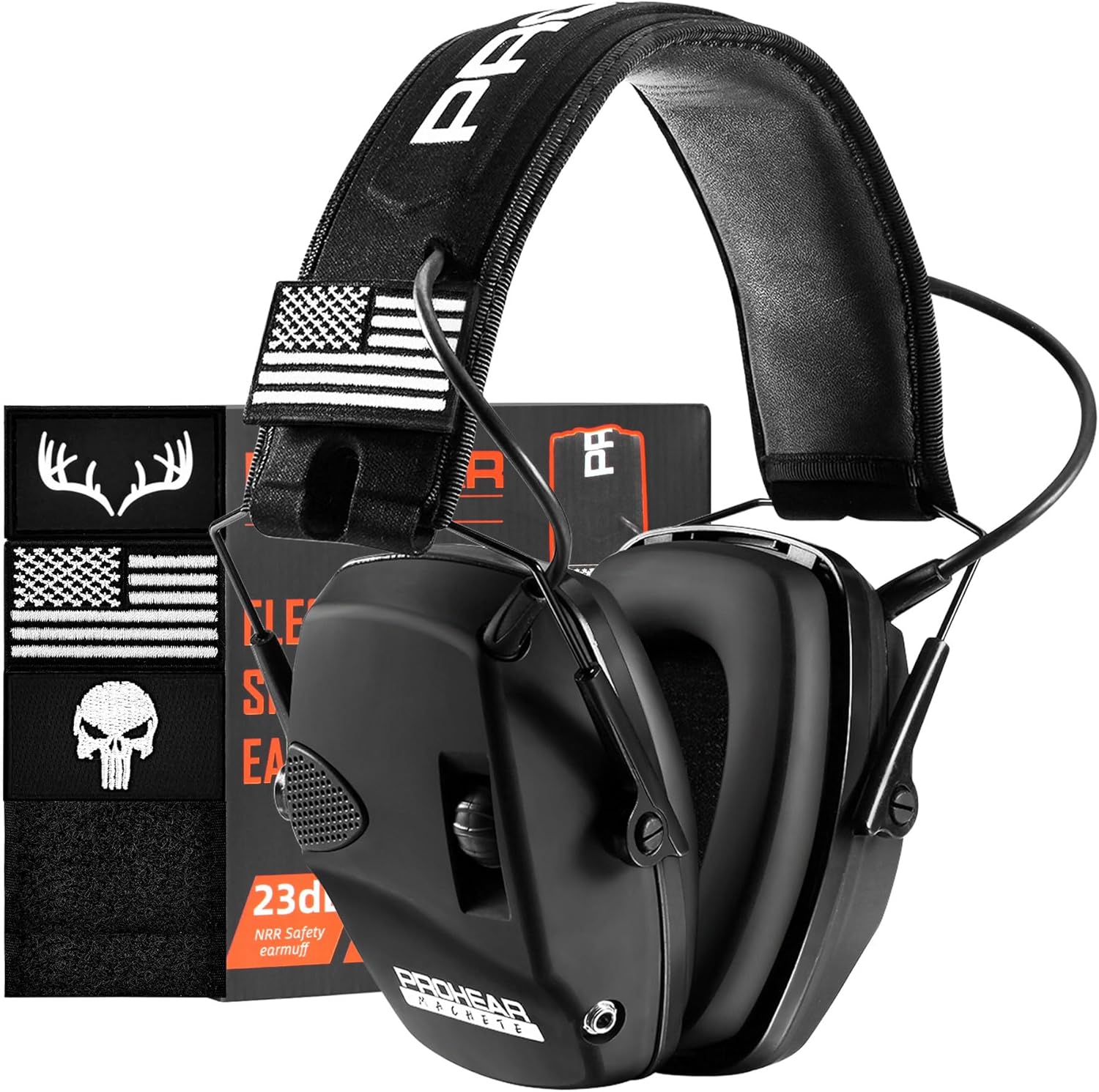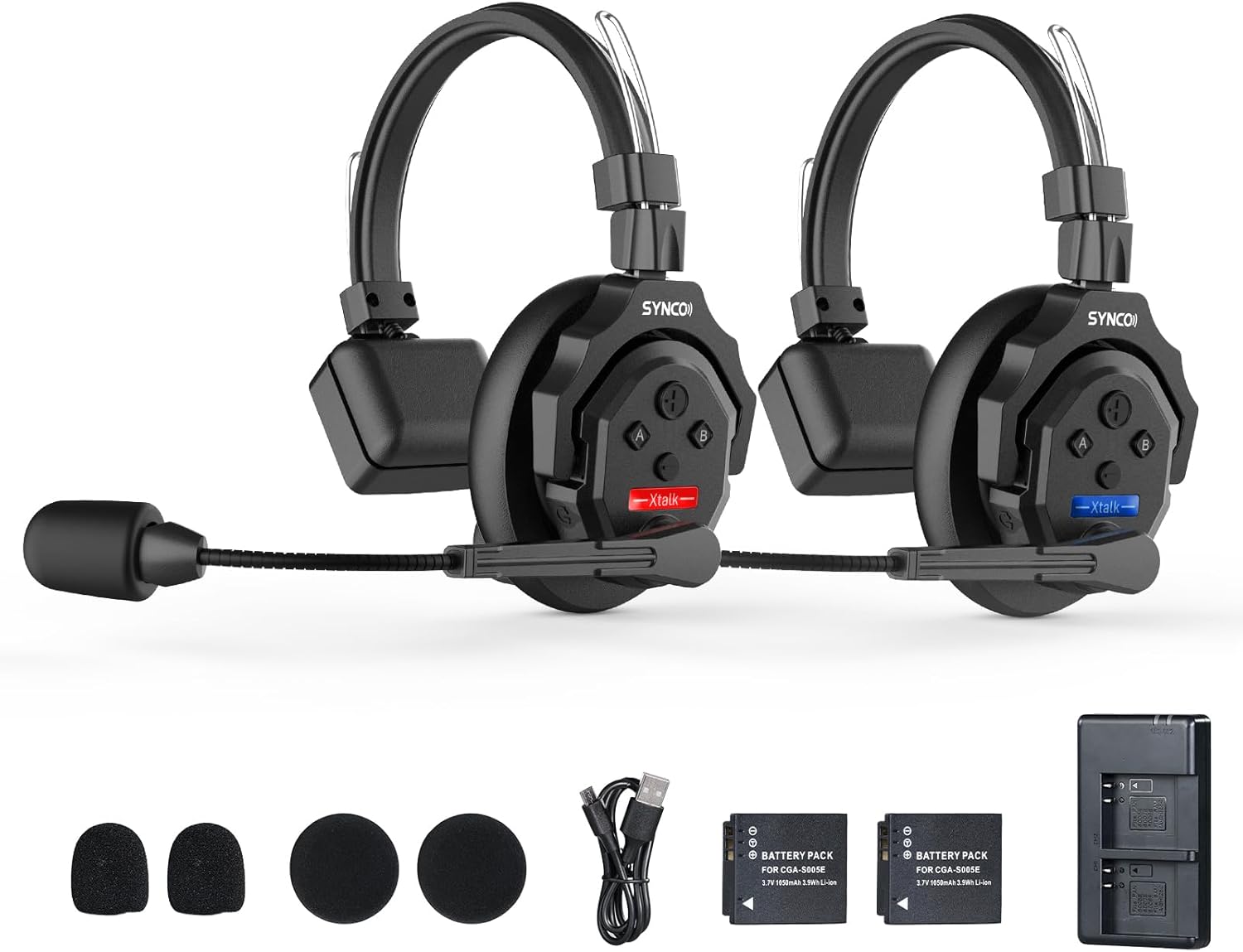AR Makeup Try-On Apps: How Virtual Beauty Tech Saves Time and Money
Introduction
Augmented Reality (AR) makeup try-on apps are transforming how consumers interact with beauty products. By overlaying virtual cosmetics onto live camera feeds, these tools eliminate guesswork, reduce in-store time, and minimize costly returns. Brands like Sephora and L’Oréal report up to 30% fewer returns when AR is used, while users enjoy personalized recommendations without leaving home. This article delves into eight ways AR beauty tech is reshaping shopping habits, enhancing accuracy, and driving sustainability in the $500 billion cosmetics industry.
1. Real-Time Virtual Trials Replace In-Store Guesswork
AR apps like YouCam Makeup and Perfect Corp’s solutions let users test thousands of shades instantly. Unlike physical testers, AR eliminates hygiene concerns and product waste. For example, MAC Cosmetics saw a 200% increase in online engagement after integrating AR try-ons, as customers confidently choose shades without swatching. The technology uses facial mapping to track movements, ensuring lipsticks and eyeshadows stay aligned even when users smile or tilt their heads.
2. AI-Driven Personalization Reduces Returns
AI analyzes facial features, skin tone, and style preferences to recommend products. EM360Tech’s platform uses machine learning to suggest foundation matches with 95% accuracy, cutting return rates by 40% for partnered brands. Apps like L’Oréal’s Modiface scan skin texture to detect dryness or acne, advising tailored skincare routines alongside makeup. This precision saves users from buying mismatched products, saving time and money.
3. Social Media Integration Boosts Virality
AR filters on Snapchat and Instagram let users share virtual looks, driving organic marketing. Google’s AR Beauty Try-On (via Snapchat) allows users to test products from brands like Maybelline directly in search results, increasing click-through rates by 35%. These shareable experiences not only boost sales but also create user-generated content, reducing brands’ reliance on professional photoshoots.
4. Virtual Try-Ons Cut Retailer Costs
Physical stores spend $2,000–$5,000 monthly on tester replacements. AR reduces this by offering digital alternatives. Ulta Beauty reported a 25% drop in tester-related costs after adopting AR mirrors in stores. For e-commerce brands, AR reduces return shipping expenses—ASOS saved £10 million annually by integrating similar tech.
5. Sustainability Through Reduced Waste
Unused makeup contributes to 120 billion units of packaging waste yearly. AR helps users buy only what they need. Banuba’s AR tools let brands showcase products without physical samples, cutting material waste by 30%. mirrAR’s virtual consultations also reduce the need for in-person appointments, lowering carbon footprints.
6. Bridging Online-Offline Shopping Gaps
AR apps merge digital convenience with in-store experiences. Sephora’s Virtual Artist app scans in-store product codes to demo looks instantly, increasing basket sizes by 15%. Meanwhile, Amazon’s AR Beauty tool lets users try products from home, bridging the gap for rural shoppers who lack access to physical stores.
7. Future Trends: Hyper-Realistic AR and Wearables
Next-gen AR glasses (e.g., Meta’s Ray-Ban collaboration) will enable hands-free try-ons. Apple’s Vision Pro already supports 3D makeup previews with pixel-perfect accuracy. Combined with 5G, these devices could stream high-fidelity AR tutorials, making virtual makeovers indistinguishable from reality.
8. Overcoming Adoption Challenges
Despite benefits, 40% of users cite glitchy tracking as a barrier. Solutions like Google’s ARCore and Apple’s ARKit improve accuracy by leveraging smartphone sensors. Privacy concerns also persist, but blockchain-based apps like Obsess ensure secure data storage, building consumer trust.
Conclusion
AR makeup try-on apps are a win-win for consumers and brands. Shoppers save time and money while discovering products confidently, while brands reduce costs, waste, and returns. As AI and wearable tech advance, AR will become even more immersive, cementing its role as a cornerstone of beauty tech. The future of cosmetics isn’t just virtual—it’s essential.






















